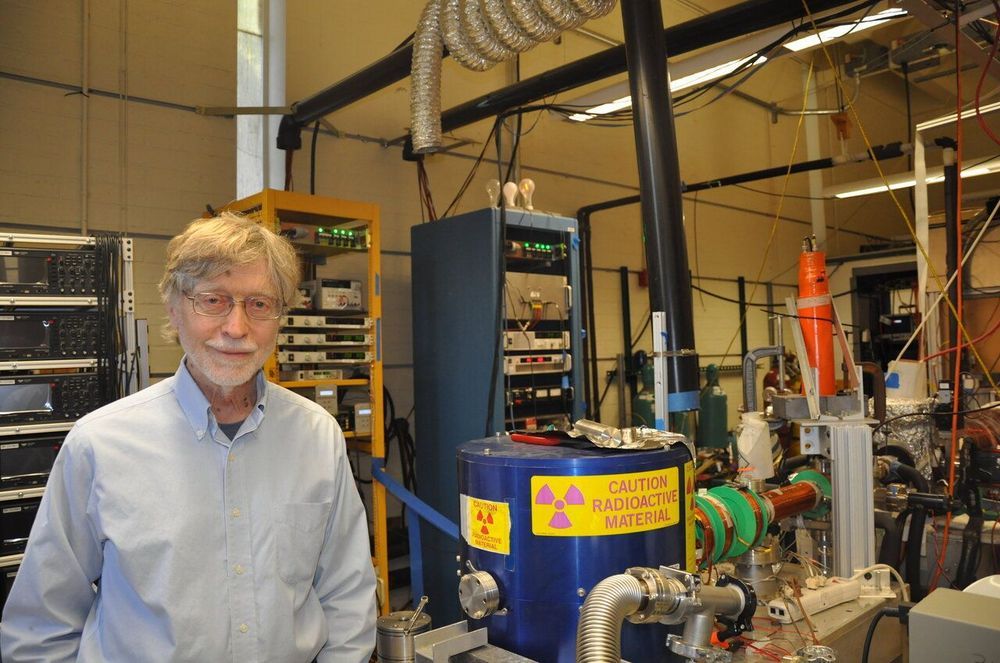O.o.
A physicist at the University of California, Riverside, has performed calculations showing hollow spherical bubbles filled with a gas of positronium atoms are stable in liquid helium.
The calculations take scientists a step closer to realizing a gamma-ray laser, which may have applications in medical imaging, spacecraft propulsion, and cancer treatment.
Extremely short-lived and only briefly stable, positronium is a hydrogen-like atom and a mixture of matter and antimatter—specifically, bound states of electrons and their antiparticles called positrons. To create a gamma-ray laser beam, positronium needs to be in a state called a Bose-Einstein condensate—a collection of positronium atoms in the same quantum state, allowing for more interactions and gamma radiation. Such a condensate is the key ingredient of a gamma-ray laser.
